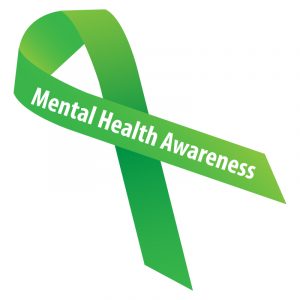
Mental illness awareness is going strong these days thanks to the effort of agencies advocating a better understanding of these disorders. Moreover, people through the aid of technology can easily access knowledge, thoughts, and ideas regarding the subject matter. For instance, with depression, there is countless news of suicides due to depression. Another is the admittance of celebrities and ordinary individuals through social media that they are undergoing depression. Oftentimes, admittance of such disorder is countered by endless words of encouragement, support and unspoken question of whys. There is no correct and exact answer for the “why” of depression. Experts claim that it is the myriad of factors: coping mechanism, life experiences, genetics, neurotransmitters, support system, etc. Depression has no prejudice which simply means it is seen in all types or classes of people. Even the rich and famous is not exempted from the illness.
“The causes of depression are heterogeneous. Thus, treatment providers should not use a generic treatment for depression,” writes Marwa Azab Ph.D.

By definition, depression is a serious medical illness that negatively affects how one feels, think and act. It causes feelings of extreme sadness and loss of interest and motivation in doing enjoyable activities. Depression can happen to children and adults as well. In children, the occurrence of depression is equal for boys and girls before puberty, and after puberty, the incidence is more common in girls. While symptoms of depression can be quite noticeable in adults, identification of symptoms in children is tricky since it can be mistaken for normal changes associated with adolescence.
“Childhood depression often persists, recurs, and continues into adulthood, especially if left untreated,” writes Erlanger A. Turner Ph.D.
Treatment for depression oftentimes includes pharmacologic management, forms of psychotherapy and working with the family or combination of these. For children and teenagers, it is best to include work with child’s school or enlist the child in peer support and self-help groups. Psychiatrists develop a comprehensive treatment plan which encompasses specific situation, child’s need and recommendation on treatment approaches. Antidepressant medications can also be used in children and adolescents based on the guidelines of FDA. Prozac, an antidepressant drug under the selective serotonin reuptake inhibitors (SSRI), is used for the treatment of depression for children eight years old and above. Another medication used for children 12 years old and older is Escitalopram or Lexapro. It is common practice for a physician to prescribe another antidepressant despite not having approved by FDA. It is referred to as off-label use or prescribing. Don’t fret because off-label use is widespread and still consistent with general clinical practice. Take note that atypical antipsychotics are not approved by the FDA for treatment of pediatric and adolescent depression and not considered as an appropriate first-line treatment. Tricyclic antidepressants, on the other hand, are almost never given to children since it has seen no effectiveness in pediatric depression. The response for the initial treatment of medication is 60 percent, and those of do not respond on the first line treatment will usually see results with another medication or in conjunction with a form of psychotherapy called cognitive behavioral therapy. Research supports that medication together with cognitive behavioral therapy provides protection against suicidal thoughts, ideations, and attempts in individuals with depression.
“Medication and cognitive behavioral therapy (CBT) are equally effective in treating depression. Medication can help with severe depression even as much as CBT,” writes Seth J. Gillihan Ph.D.

Depression is a serious mental illness that needs medical attention. If left untreated, it can plague the child/adolescent from six to twelve months but with serious consequences. It increases the risk of the individual for substance abuse, eating disorders, teenage pregnancy, and suicidal thoughts. Also, untreated children are more likely to have trouble in school, at home, and with friends.